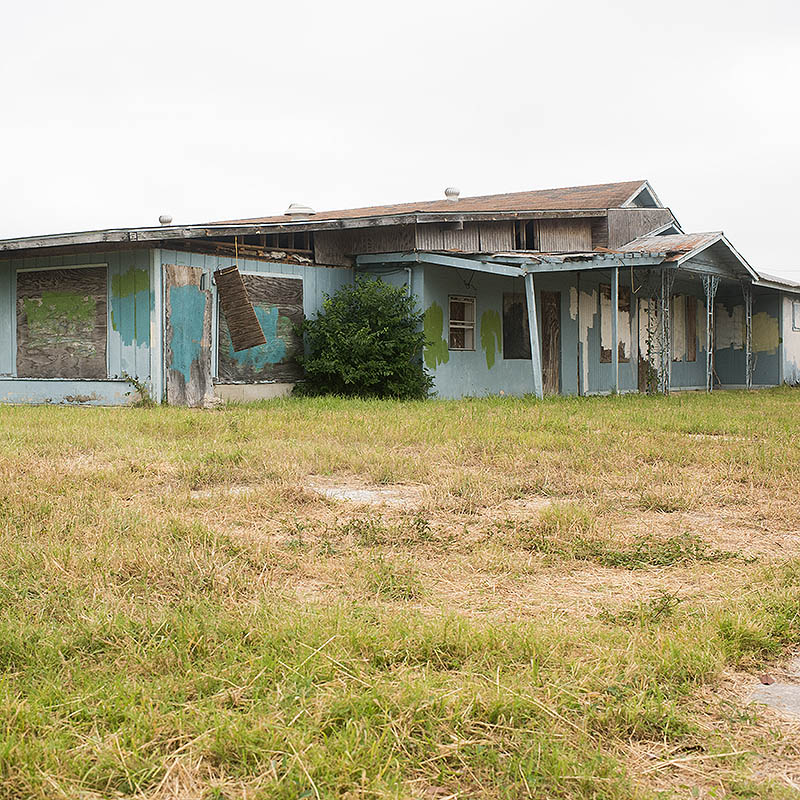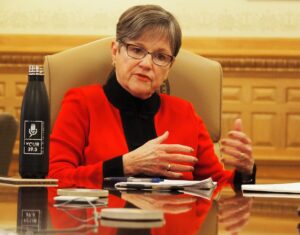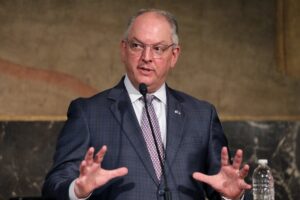Last updated on September 2, 2020
In the wake of this past election, I analyzed the voting results to see how each district voted on the $20 million Neighborhood Improvements portion of the 2017-2022 bond program, also known as Proposition 6.
On the near West Side, 77 percent of voters supported Proposition 6, the highest rate of support of any of San Antonio’s 10 districts. Conversely, District 9, which includes Stone Oak, ranked lowest with 62 percent voter approval.
What were they voting on, exactly?
The $20 million housing bond will be used to fund San Antonio’s Urban Renewal Plan, in which the city will purchase “blighted” properties across much of the city, prepare them for development (repair curbs and sidewalks, conduct environmental abatements, etc.), and then sell them to a developer to build affordable housing.
The units, whether apartments or homes, would be reserved for “households with an income at or below 80% of the Area Median Income.” Eligible families of four, for example, could earn no more than $50,800 based on the 2017 area median income for Bexar County. In addition, the family’s rent and certain household expenses should not exceed 30 percent of said income. To be considered, a developer must reserve at least 50 percent of the project’s units for this type of housing.
The 12 areas being considered for this new affordable housing are spread across every San Antonio district—except Districts 9 and 10. Yet, these North Side districts dominated this past election in terms of sheer volume of votes.
For example, District 9 had the most number of voters weigh in on Proposition 6 with 15,805 votes (16.5 percent voter turnout for this proposition). District 10, northeast San Antonio, had the second most votes with 13,509 (15.2 percent voter turnout). And District 8 came in third with 12,535 votes (14 percent).
Conversely, District 4, the southwest expanse of San Antonio, had the least number of total votes with 5,143 (8.1 percent voter turnout for Proposition 6). The near West Side, District 5, had the second least votes with 5,318 (8.8 percent). And District 2, the East Side, was third least with 6,541 (10.1 percent).
This got me wondering: Why were Districts 9 and 10 left off the housing bond? Was it strategic? As we were reminded in Frontline’s latest documentary, “Poverty, Politics and Profit,” affluent communities sometimes (often?) push back against housing that’s less than market rate, or against Section 8 tenants. Was there a worry that Proposition 6 may not pass if Districts 9 and 10 were included, considering those districts hold so much sway because of their population and turnout?
“We didn’t have that type of discussion before the committee met,” said Jackie Gorman, who served as co-chair of the Neighborhood Improvements Bond Committee.
Last fall, the committee, composed of community members from all 10 districts, began fine-tuning a list of 15 “blighted” areas defined by City of San Antonio staff. From October to December, the committee was charged with molding the list any way it wanted: tweak areas on the list, remove areas, add its own areas. That original list included West Avenue and Blanco Road (District 9) and Naco Perrin (District 10). But during the course of the meetings, from reading the meeting minutes, community members representing those areas filed motions to remove them from the list.
“We had a huge conversation,” said Gorman, whose day job is Chief Executive Officer of San Antonio For Growth on the Eastside (SAGE). “A lot of people were thrown off by the word ‘blight.’ Unfortunately, that’s just the language of the law that we were working on.”
The Neighborhood Improvements plan is based on the Texas Urban Renewal Law, a state statute that allows cities to fix up “blighted areas” for development. Gorman said there was concern that if certain areas in Districts 9 and 10 were marked as “blighted,” that that may have a negative effect on property values.
In District 10, the area the committee voted off was Naco Perrin, a strip of mostly rundown (but still active) commercial buildings on the northeast side. In that area, properties marked for potential development were mostly parking lots.
“There’s definitely a need (for affordable housing in District 10),” said Peggy Sue Wilson, one of District 10’s community reps on the committee. “Our vacant lots weren’t the need.”
Sylvia Lopez Gaona, who represented District 9 on the committee, heard a variety reasons from people in her district to exclude the intersection of West Avenue and Blanco Road, a major retail and commercial stretch of District 9. Like Naco Perrin, many of the properties identified as potential housing sites were parking lots.
Some community members didn’t think affordable housing fit next to retail strips. Others didn’t like the prospect of more apartments in the area, while others didn’t like the idea of more affordable housing in the area, Gaona said.
But, she said, there was never any strategizing about producing a proposal that would appeal to North Side voters.
“We were not asked to crystal ball voters, at all,” Gaona said. “That just never came up. This was not a political process, at all. It was very well done.”
Still, I find it fascinating that voters in District 9 and 10 were asked to help decide a bond proposal that didn’t directly affect them. In a sense, supporters of the bond program were asking these North Side voters to help close the economic gap, to help address the need for more affordable housing even if it wasn’t coming to their parts of town.
Even though Proposition 6 gained the least support in District 9, when compared to the other 10 districts, it still passed with 62 percent. That means that 9,788 people in District 9 voted for the housing bond — which is 673 votes less than the total voter turnout in Districts 4 and 5 combined.
“Even though it doesn’t impact me — it impacts other people and that impacts me,” said Cindy Martinez, 53, a voter I spoke with on Election Day at the Hartman Centre II polling site on Bitters Road in District 9.
Another District 9 voter, who declined to give her name, said something similar: “We can actually see farther than District 9. It’s not all about us.”
District 9’s high voter turnout also means that more people in that district voted against Proposition 6 — 6,017.
One voter at Hartman Centre II, who declined to give his name, said Proposition 6 was “more of a want than a need.” He voted against it.
A 2013 study (scroll to “Attachment D”) conducted by the city shows a need for more than 153,000 affordable housing units by 2016. City officials estimate that roughly 5,000 units have been added since the study was released.
Moving forward, a community advisory committee will be formed that will help city officials on this process — mainly, selecting specific properties within the 12 areas, selecting a developer using a request-for-information (RFI) process. The selection of that committee won’t begin until after the June 10 runoff.
The article was published at How the North Side voted on the $20M affordable housing bond






Be First to Comment